Wild sheep are amazing creatures. They live in some of the wildest and most spectacular environs in the world. Just the sight of an old ram surveying its mountainous domain from a craggy precipice is one never to be forgotten.
Advertisement
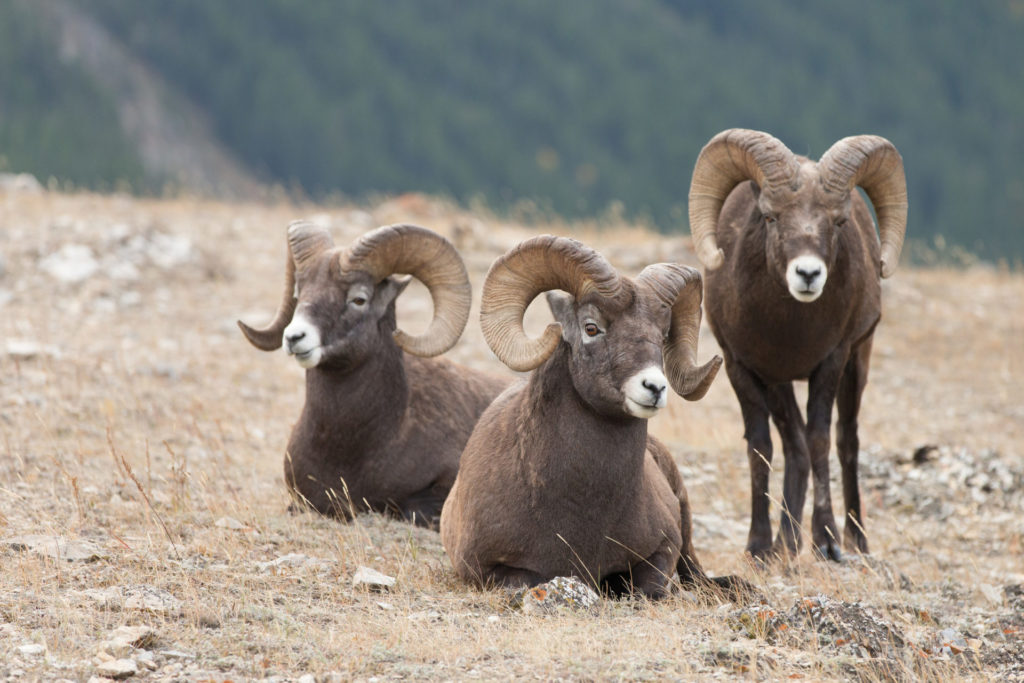
Unquestionably, at least from this hunter’s perspective, sheep hunting is one of the greatest hunts to be had. Not only do they inhabit breathtaking alpine country, but, unlike antlered game, many an old ram’s history is etched into those spellbinding horns. The good years and bad, as well as battles won and lost, are all there for the successful hunter to marvel over. While a sheep hunt may push you to the limits, the rewards are like none other. Sheep have it all.
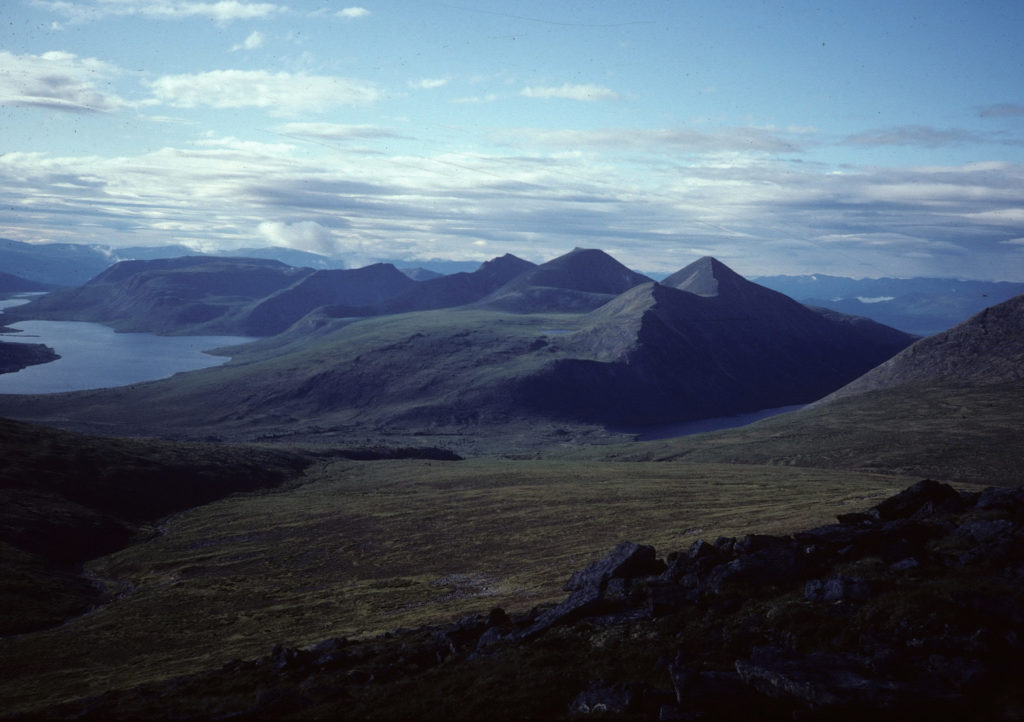
But hunting these high-country recluses is no back-40 deer hunt. It takes total physical, mental and equipment preparedness. I once read that after your first sheep you will either be a sheep hunter for the rest of your life, or you will never hunt sheep again. I’m afraid I fall into the former category, as I have been addicted to the pursuit of wild sheep for the better part of my life and have quite literally moved my family lock, stock and barrel, more than once, just to be nearer new sheep hunting opportunities. Thankfully, I have also had the privilege of hunting these awesome big game animals from Mongolia to Austria, and in many a locale between. But the best news for BC hunters is that we are blessed with, dare I say, some of, if not the finest, sheep hunting to be had on this globe.
Advertisement
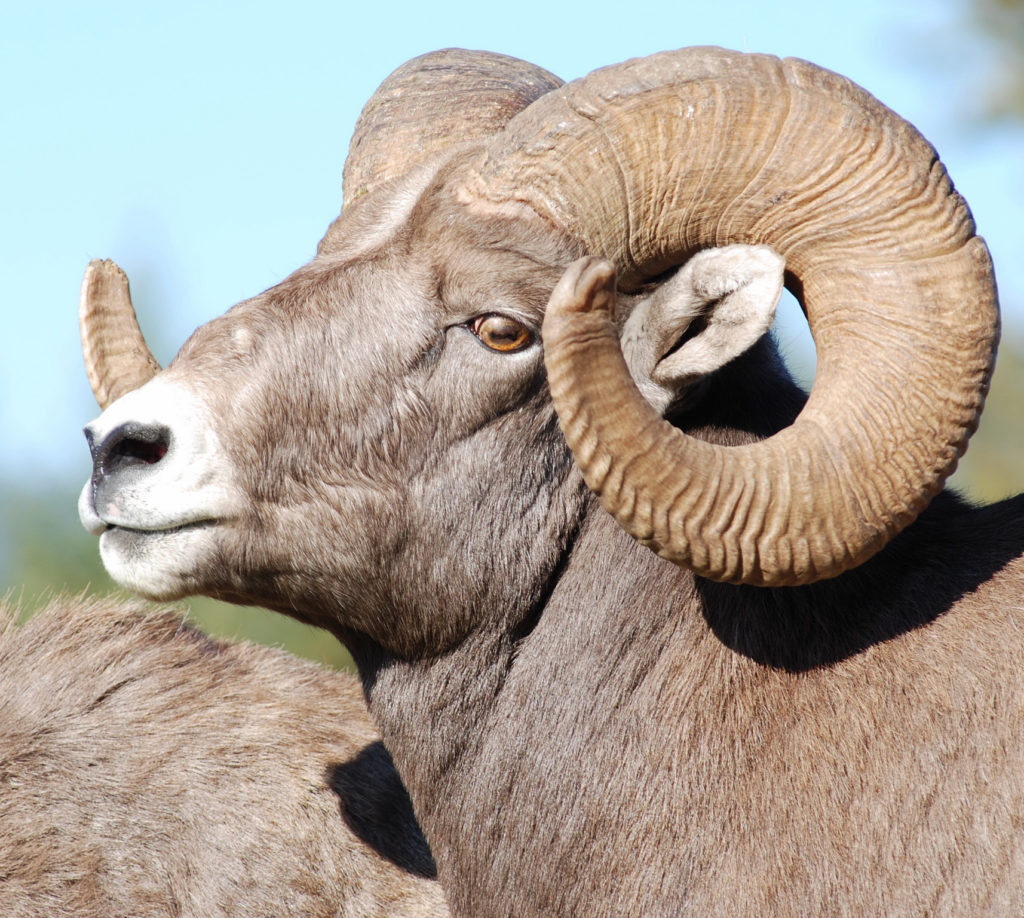
There are two species of wild sheep in Canada: thinhorn sheep of which the subspecies Dall and Stone sheep belong, and bighorn sheep, comprised of the subspecies Rocky Mountain bighorn and California bighorn sheep. And BC has them all! No other jurisdiction in North America can lay claim to that fact.
It is my intention in this article to lay out the six primary steps needed to resolve the sheep-hunting puzzle. The majority of these steps took me years to learn and, in doing so, I hope to inspire you with the fascination, exhilaration and heart-pounding experience that is sheep hunting.
Advertisement
Step One: The Search
Sheep are, for the most part, social creatures – they like to live in groups or bands. But they do so within their own predetermined limitations as rams prefer to hang out in smaller bachelor groups, finding solitude in lofty, out-of-the-way reaches well removed from ewes and lambs until the rut. They usually hole up in these areas for much of the summer and fall but hunters and predators, or even weather, can move them out prematurely.
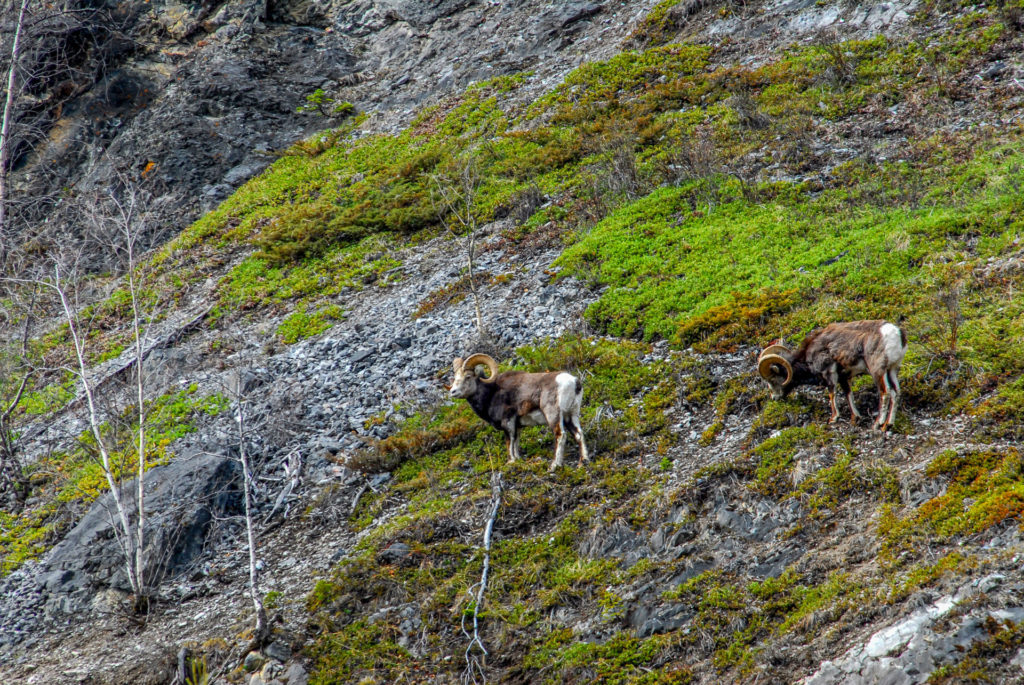
This raises the first essential element in the mastery of sheep hunting: finding where these hole-in-the-wall rams hang out. And while we have all heard the realtor’s mantra “location, location, location,” the same principle applies to sheep hunting. One of the simplest, but most expensive, approaches is to hire a renowned sheep-hunting outfitter/guide. They offer years of experience and expertise, having scouted sheep distribution in their area and will provide the necessary gear to get you there and back. While this can be a costly venture, it is often the most successful. And if you happen to be an out-of-province sheep hunter, a guide/outfitter is frequently a legal requirement.
Another approach is to find a sheep-hunting mentor that can introduce you to the art of sheep hunting. Unfortunately, this is no easy assignment, as most ardent sheep hunters can be very touchy about sharing their favourite sheep haunts with anyone. A couple of approaches that might overcome this obstacle are to either volunteer as a packer for a veteran sheep hunter or apprentice as a guide for a sheep-hunting outfitter. As a mentor, I took on this symbiotic relationship with a nimrod hunter and it worked out for both of us, as over the years we both took a number of rams, not to mention moose, caribou and bears, while hunting together. Either approach can save you years of education from the school of hard knocks.
That, unfortunately, was my school of learning, as my first few sheep hunts were essentially a bust. But I did learn what not to do and these failures laid the foundation for many follow-up successful hunts. The first epiphany along this learning curve was my discovery that by talking about sheep distribution with sheep biologists, fellow sheep hunters, trappers, guides, backcountry prospectors and even bush pilots, I started to focus my efforts on specific areas. Which I then followed up with many hours of studying maps and satellite images to formulate strategies of how and when to access these potential hunt areas.
Step Two: How To Get There
Once you have a potential hunt area picked out, it is then just a matter of getting there and back safely. And I would suggest that it is a good idea to have an alternate area in your back pocket, just in case the weather or unforeseen access problems dictate a change in plans. But getting in and out of prime sheep range is no small feat. You can walk, or should I say climb, ride a horse or fly and then climb into sheep country.
This is where a hunter who either hires an outfitter or packer with a string of horses, or who has their own pack string, is way ahead of those of us who have to rely on shank’s mare to get us there and back. A sturdy mountain horse can eliminate miles of lung and limb-busting hiking and, occasionally, can even get the hunter to within striking distance of a ram. I have used every technique and without question, while they can be pricy, I have always enjoyed the pack string experience the most. Not only are you able to pack in a better camp, including better food, but you are also a lot more mobile when there.
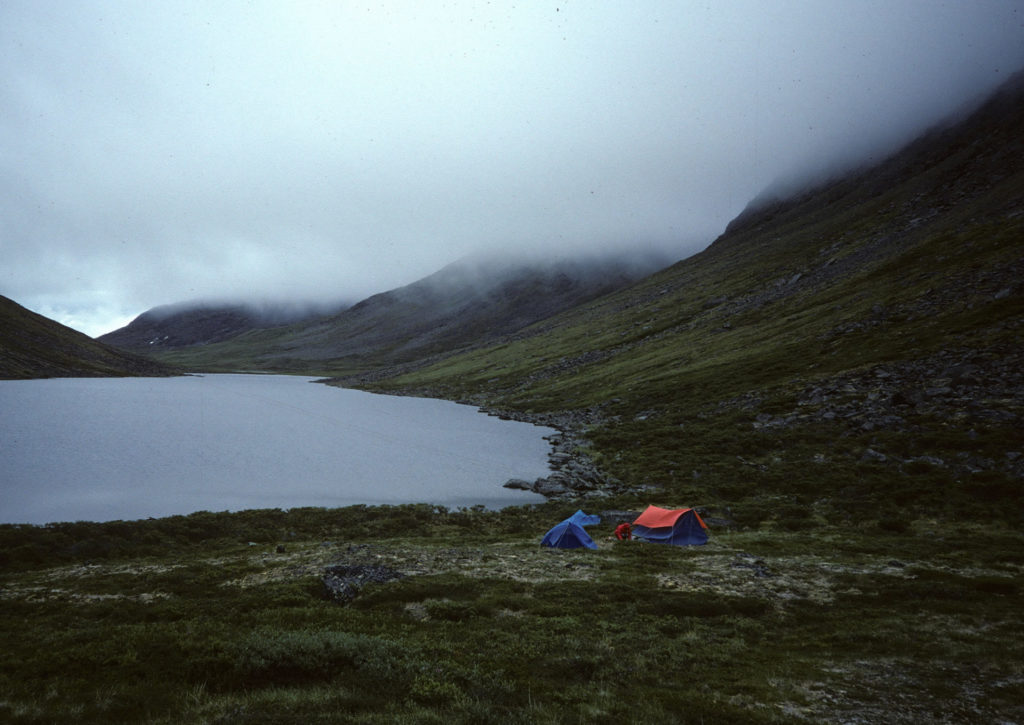
My second choice is to fly into a remote lake within prime sheep country and then hike from there. It at least allows one to establish a decent base camp and can often eliminate miles of preliminary hiking. Or third, you can, as I have often done, drive a robust vehicle to the end of some road and then walk, at times up to 15 miles from road’s end. Just remember that once you get there, you also have to get back out and, if you were lucky enough to take a fine ram, the meat and horns also need to ride out on your back. On one such occasion, after a 12-mile hike out of the mountains, I weighed my pack. Crammed full of priceless boned-out sheep meat, the horns, the cape and my sparse camp gear, it collectively weighed in at 128 back-bending pounds. Plan accordingly. It took me the better part of a week to recover.
Step Three: Sheep Shape & Shot Ready
Clearly one of the most important aspects of a successful sheep hunt, but one that is seldom given the consideration it deserves, is that of physical preparedness. Sheep hunting will often stretch the endurance of even a well-conditioned hunter, let alone, dare I say, a couch potato. Success or failure will, in my opinion, relate directly to the conditioning of the hunter. If you can’t climb the mountains sheep find home, or if you develop blisters in the first hour, the rest of the hunt will be sheer misery. Prior to every sheep hunt, I would fall into a routine that always included, along with other conditioning standards, jogging miles every day, as well as climbing every flight of stairs I could find. Additionally, I would load my pack up with 40 pounds of gear and hit the trail. It paid off, as I was able to get in and out of a lot of sheep country over the years. Oh yes, there were still times when I was sure that my lungs were about to collapse or that my legs were about to liquefy into a pool of jelly. But I made it, and, in the process, I collected unsurpassed memories for a lifetime. If you are planning a sheep hunt, even if booked with an outfitter, my advice is to make the effort to get in shape. You won’t regret it.
And don’t forget time on the range. Spend sufficient time taking shots at various ranges and at different angles until you are very confident with your rifle and ammunition. Shooting uphill or downhill at extreme angles can change your hold, so make sure that you account for this potential shot, as it is more likely than not to happen. A simple rule of thumb is that whether you shoot at a steep angle uphill or downhill, the distance is reduced so you must aim lower. For example, at 500 yards with a 30-degree up or downhill shot, shoot as if the target was on flat ground at 90 percent of that distance, in other words 450 yards. An angle-adjusted readout from a quality laser rangefinder will make this process a lot easier. But if you don’t have one, don’t overestimate the change in the point of impact either, especially within a couple of hundred yards as, more often than not, we tend to overcompensate and miss. It has happened to me on more than one occasion. And most importantly, on any sharply angled shot, visualize what the vitals penetration line of your shot should be and adjust your hold accordingly. If you practice these mental gymnastics well ahead of the hunt, it is just a matter of instant retrieval at crunch time.
Step Four: Sheep Gear
The equipment that is available for today’s sheep hunter is just marvelous. Many companies now have an array of equipment that is solely designed for the alpine hunter, from tents to optics, so I’m going to get right to my recommended list of absolutes for the do-it-yourself hunt. The list, while detailed, preferably should not be deviated from. Additionally, and while not every item on the list will end up in your pack, the goal is to keep the total weight of your pack down to 35 pounds or less, a weight that most hunters can handle.
- quality mountain rifle
- lightweight, well-fitting pack with a good hip strap
- quality pair of lightweight binoculars
- compact spotting scope (while not a must, it can save you countless miles of hiking)
- handheld GPS
- compact laser rangefinder with angle-adjusted readouts – this can certainly put your mind at ease as to a “go” or “no go” shot.
- quality, lightweight one or two-person tent
- quality, lightweight sleeping bag and a short, compactable foamy/sleeping mat
- sufficient dehydrated food for three meals beyond your intended stay, as the weather can be most unpredictable at these elevations (include high energy bars or trail mix as a supplement)
- high-quality boots that can handle the mountainous terrain and ensure that they are well broken in
- compact first aid kit, such an Adventure Medical Kit
- compact stove and cook set with extra fuel and waterproof matches
- layered clothing that can handle ever-changing weather, including a hat, lightweight rain gear and extra socks
- lightweight flashlight or headlamp, a folding knife, extra ammunition, a compact camera and licenses
- biodegradable liquid soap – great for not only washing your dishes, but also for cleaning up a cape
- lightweight fly and small-diameter nylon rope
- water bottle
- small container of salt (Ziploc bag) – sufficient for one application to a cape
- personal locator device such as the SPOT Gen3 – it could save your life
Note: Check out Alpine Hunter’s Product Reviews for additional information.
As a parting comment on equipment, sheep are not particularly hard to kill so a mega-magnum rifle is not required. Here I like a flat-shooting, lightweight mountain rifle with a barrel length of no more than 22 inches. A 6.5, .270 or 7mm that weighs in at less than seven pounds when topped with a compact scope is about ideal.
Step Five: Sheep Hunt Strategies
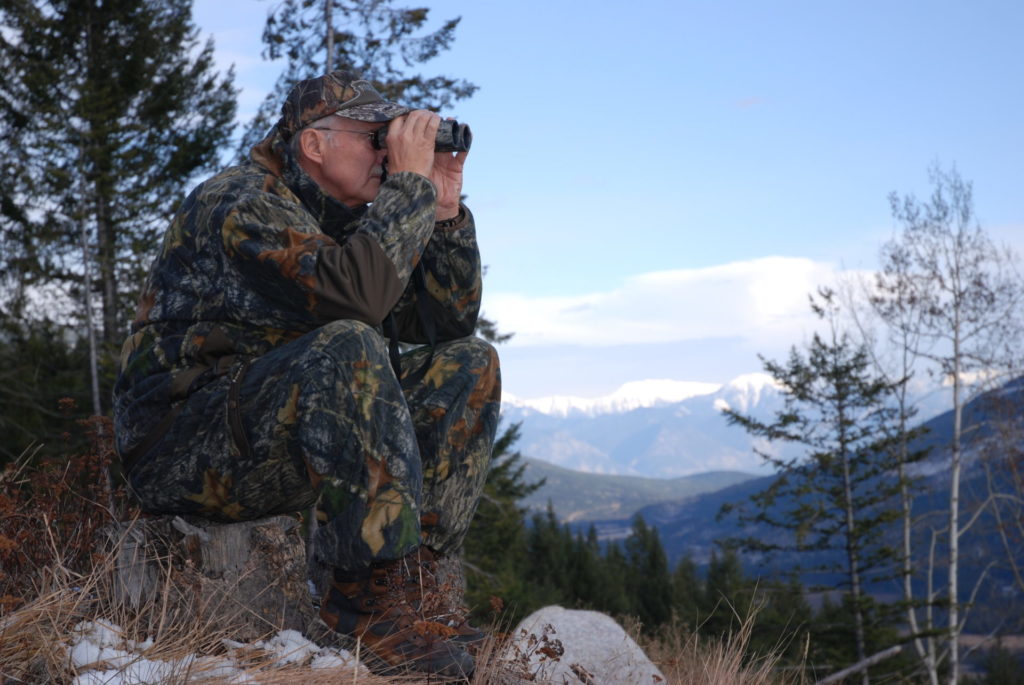
Over the years, I found that one of the most critical pieces to resolving the sheep-hunting puzzle is to be the first hunter in the area. Previous hunting pressure will move rams out of an area and if you don’t have horses to relocate these rams, it could make for a bone-crunching undertaking on foot. As a walk or fly-in hunter, adapting this one fundamental principle changed my success rate from respectable to pushing a 100 per cent opportunity. That is why I always planned to arrive a few days prior to the season and spend those days glassing every nearby mountain until I had a group of rams spotted for opening morning. So, plan on spending the majority of your hunt simply glassing. It may take days of eye-straining effort before a band of rams miraculously appears, as if out of nowhere. And let me assure you, it is an awesome sight that will elevate your blood pressure into the stratosphere. At times, due to either extremely hot weather or a premature snowfall, sheep will move down below tree line, so don’t hesitate to glass these areas, as well. Once located, the rest is up to your stalking ability and, wherever possible, work your way to above the ram or rams, even if it means circling around the mountain. And wherever possible, use the uneven mountain terrain to your advantage. On a number of occasions, using various features such as rock outcroppings, I have successfully belly crawled to within 25 yards or less of bedded rams. On one of those never-to-be-forgotten instances, using a strong downwind, I found myself right among a band of rams, some so close I felt like I could reach out and touch them. But I failed to recall that sheep have terrific eyesight and unquestionably they will make you pay.
Step Six: The Trophy
While sheep meat is some of the finest game meat on this planet, it is not the objective of most sheep hunters. They seek the Holy Grail, which for most North American sheep hunters is a ram with 40 inches or more of horn length. BC, like most jurisdictions, has limitations on the type of ram you can harvest, and it varies depending on whether it is a thinhorn or bighorn ram. The regulations are a good reference here. But regardless, at times hunters place more emphasis on the length of horn rather than the age of a particular ram. From my perspective, a 36-inch, 12 or 13-year-old ram with battered and broomed horns is every bit the trophy a seven or eight-year-old, 40-inch ram is. In fact, any fair chase, legal mountain sheep is a trophy. So, while BC holds the world record for Stone sheep, a record most likely never to be broken, don’t get caught up in the 40-inch-or-bust fad. Yes, it can be a goal, but if you come home with an ancient old ram, cherish your success. It is no doubt a true accomplishment. And don’t forget that wonderful sheep meat – it is the best of the best!
